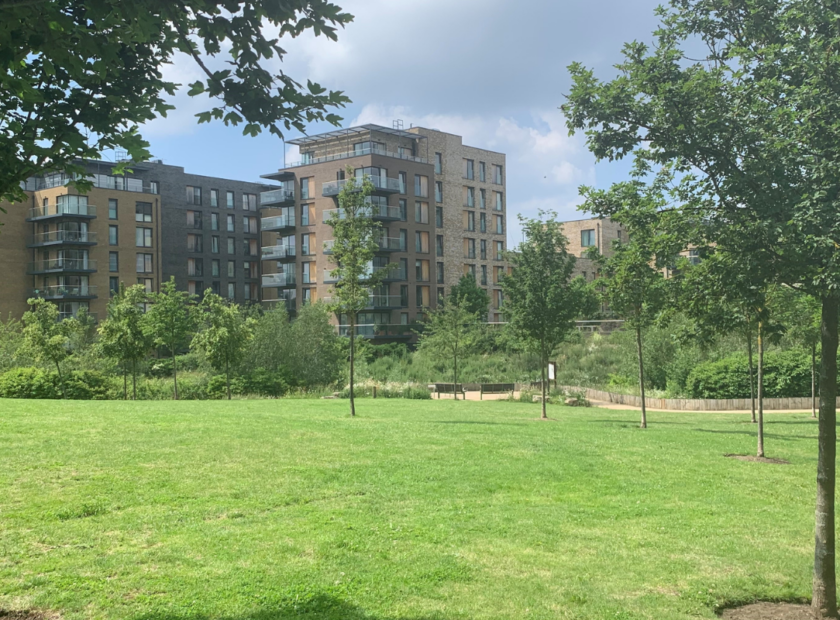On the eve of the publication of the government’s radical changes to the planning system, what should we be looking for?
The long-awaited radical reform of English planning will be published for consultation tomorrow and we can finally end the speculation and digest the shape of the proposed new system. There was, of course, much pre-briefing in the media so we know that these reforms, which belong very much to the Number 10 policy unit, will be defined by a seismic change moving England to a zonal planning system. So how are we to judge these proposals? I think by asking some basic questions:
Is there an evidence base? All good planning documents should have a strong evidence base, but last weekend the media reported the same tired mythology about planning being ‘cumbersome’ and ‘in the way’, so it will be interesting to see what detailed new evidence is presented to justify the radical new system. Recent history is not encouraging. Government ignored its own evidence about the very poor outcomes of creating homes outside the planning system through ‘permitted development’ and swiftly expanded its scope. But evidence is key if we are to be clear about what problem these proposals are meant to solve. One thing we do know is that each year planning permission is given for around 100,000 more homes than actually get built. I look forward to the detailed evidence that will show how the new form of zonal planning will deal with the problem of getting new homes built, most of which has nothing whatsoever to do with the planning system.
How much detail will we get? We know already that the proposals for reform will be overlaid by a great many words about ‘beauty’, ‘nature’ and ‘people’. But what’s important is that the proposals are precise enough to be clear exactly how the system will ensure all development meets specific quality standards to make good on these promises. To date, nothing written by government or those around them on zonal planning has done anything other than sketch the idea. What we know so far is that it is likely that the new system will grant planning permission automatically for particular types of building within a particular type of zone. There will be three types of zone and they will be set out in the plan for the area, along with policies such as design codes. If this is the case, then the design codes will have to be very detailed indeed to ensure that standards are upheld on everything from flood mitigation to walkable streets. If the proposals for the new system don’t set out clear and detailed commitments about how standards will function we will know that ‘beauty’ is being used to mask deregulation.
Are we going to be honest about the impacts of the reform? Zonal planning may or may not be a good idea, but it’s important that the government’s proposals are honest about the negative consequences they will have. It will undoubtedly be a much less flexible system than the current one and will result in the removal of a major part of the democratic scrutiny of decisions. There will be no planning committee decisions about applications because all of this will have been decided at the plan-making stage when the zones are agreed. Some will argue that removing this final democratic control is a positive idea, but it is the removal of democratic oversight, and no one should pretend otherwise. Communities, who often engage with planning at the point when applications are made, will be told they have missed the boat.
Are these reforms about process or outcomes? The previous decade of planning reform has been compromised by the assumption that hacking around the process of planning will somehow solve its problems. Zonal planning is another planning process that can easily distract from many of the real difficulties. These include a shortage of skills and resources – and above all, the lack of an agreed statutory purpose for the planning system. This lack of a commonly agreed legal purpose for planning has been one of its fatal flaws. We need a common understanding of what the system is trying to achieve – and it should clearly be based on supporting people’s health and well-being, inside the larger ideal of sustainable development. If a commitment to a statutory purpose for planning is not included in the paper we all know that focusing on the process has once again distracted us from reaching an honest settlement about the outcomes that planning should achieve.
is this new system going to be fit for the real world? I think the greatest test of tomorrow’s paper will be whether it sets out a system that can deal with the extraordinary threats facing our nation. This is plainly about the impact of the pandemic and our changing economy, but the other vital themes are health and well-being and climate change. It is simply vital that the paper sets out in detail how planning will deal with radically decarbonizing our society and the urgent need to build national resilience to increasingly severe weather and sea-level rise. To tackle these problems we need a system which is smart, locally sensitive but also strategically effective. It must be a democratic and inclusive system with a clear focus on social justice. It must be a system capable of delivering what’s needed and that means using some of the increase in land values that planning creates for the public good. And, of course, it requires skilled, principled and motivated planners.
In judging many of the claims about this new system we need to bear in mind the context of the last 10 years, during which planning has been very effectively deregulated. The expansion of permitted development has already meant that local communities and their councils have no say over a wide range of developments which shape the urban environment. I wonder if local government will so easily accept a further substantial reduction in its planning powers?
I almost managed to resist the temptation to pick up the secretary of state’s reference, in recent comments to the media, to John Ruskin, a man who would have hated rigid design codes in the same way that he regarded classical architecture as the art of the slave. Ruskin, who spent much of his time staring at marble statues, was famously shocked on his wedding night to discover that his wife had pubic hair. Even geniuses can be surprised when they are confronted by reality.
I have no doubt that this isn’t the final chapter in planning reform. But, while it might seem like good fun in Whitehall, the wider world is tired of the continuous revolution. I have an alternative three-point plan for reform. Restore a democratic system that works in the public interest, be clear its purpose is sustainable development… and then leave it alone.
Happy reading.




